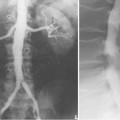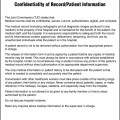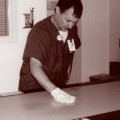CHAPTER 23 On completion of this chapter, you should be able to: • Discuss the history of the several areas of specialization in radiologic technology. • Describe the scope and practice of the specialized areas. • List the requirements for entry into the specialty programs and qualifications for certification. • Describe special equipment required for ultrasound, nuclear medicine, computed tomography, and magnetic resonance imaging. • Describe the curriculum content specific to the areas of specialization. • Compare images produced with ultrasound, computed tomography, and magnetic resonance imaging to images produced with radiation from the perspective of diagnostic quality. Diagnostic radiology has progressed significantly since its beginning in 1895. It began as a means of determining a patient’s illness by recording radiographic images on photographic film, identifying fractures, and examining internal organs for tumors or other physiologic disturbances. Today, however, diagnostic radiology encompasses much more than the simple procedures begun at the end of the nineteenth century (Box 23-1). The ASRT Job Description and Scope of Practice for radiation therapists differs distinctly from that for the radiologic technologist. The description clearly indicates the difference in the body of knowledge required to develop the necessary skills for therapeutic techniques (Box 23-2).
Specialization in Radiologic Technology
Radiation therapy
Employment Opportunities
Specialization in Radiologic Technology









